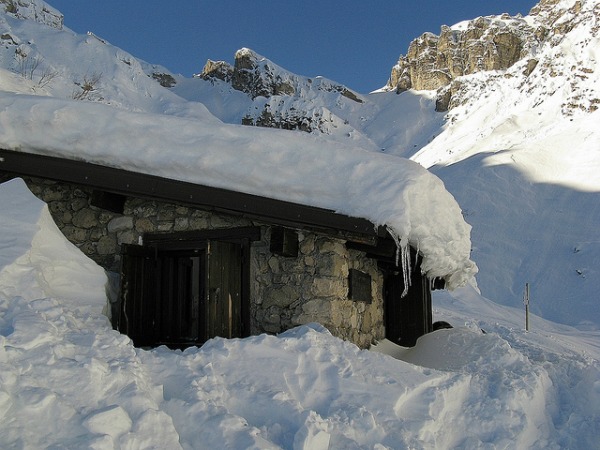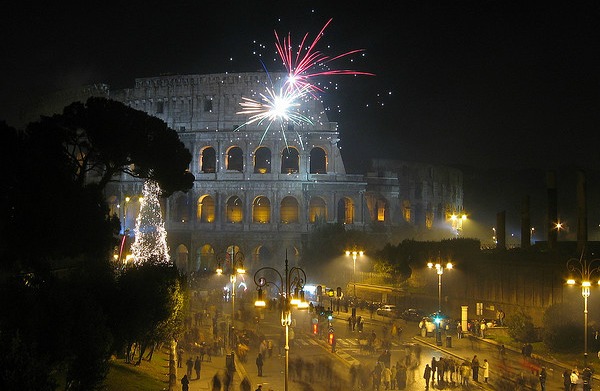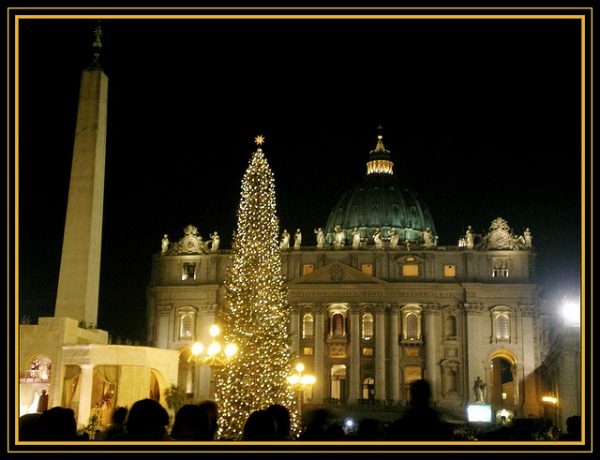Everything You Need to Know about Spending the Holidays in Italy
Whether you’re planning to travel in Italy during the winter holiday season or you’re looking for ways to incorporate Italian holiday traditions into your celebrations this year, you’ll find what you need on this page, including everything you need to know about spending Christmas in Italy or New Year’s in Italy.



Italian Holiday Season
Italy is an overwhelmingly Catholic country, so the dominant holidays in December-January are the ones you might expect – but you might be surprised that Christmas Day is pretty much on equal footing with the Epiphany in terms of importance.
Here are the big Italian holidays for December and January – these are all national holidays, when banks and other businesses are likely to be closed all or part of the day:
- December 8 – Feast of the Immaculate Conception
- December 25 – Christmas Day
- December 26 – Saint Stephen’s Day
- January 1 – New Year’s Day
- January 6 – Epiphany
>> For more holidays, regional festivals, and other important dates – including the dates for each this year – see my Italian holiday calendar.

Italy Travel Tips for Holiday Season
Traveling in Italy during the holidays can be magical – any place that’s decked out in its celebratory finery is a nice place to be in my book – but it can also present some unique challenges. They’re easy to deal with if you’re prepared for them in advance.
- Weather – Remember that this is winter, and the weather is likely to be quite cold and possibly damp depending on where you are in Italy. You should be prepared for cold weather, and be sure to check the Italy weather forecasts right before you leave home to find out about anything unusual.
- Holiday Schedules – The dates listed above are national holidays, which means that banks, shops, restaurants, and other businesses may be closed for the entire day or part of the day. Transportation schedules are often on what are called “ferie” schedules (holiday schedules) as well, which means that although things like trains and buses are running they’re much less frequent than normal. Plan ahead – do a bit of food shopping so you’re not stuck if many cafes are closed, book train tickets in advance to make sure you get a seat (or plan to not travel on those days) – and you’ll be prepared to simply enjoy the holiday.
- Mini “High” Season – Although this is winter, which is usually the “low” season in Italy, the holidays represent a mini-spike in tourism. This means prices go up on things like hotels and (sometimes) airfare, and crowds can be more of an issue than you might expect at this time of year. It’s a good idea to book in advance when possible.
- Family-Oriented – Christmas especially is a very family-oriented holiday in Italy, so there aren’t as many public celebrations that visitors can take part in (besides special services at churches). There are sometimes religious processions and bonfires, so it’s worth asking at the tourist information office beforehand. New Year’s celebrations are much more public, with concerts in public squares and fireworks going off everywhere.
- Church Services in English – Most churches will hold their holiday services in Italian, but the bigger cities in Italy almost always have at least one place where there are services in English (and sometimes other languages, too). Ask at the tourist information office beforehand.

Italian Holiday Traditions
Christmas:
- Nativity scenes are the dominant Christmas decor all over Italy.
- Christmas Eve meals traditionally are meat-free, while Christmas Day meals have meat as the centerpiece.
- Traditional foods seen only at Christmas include the panettone, a sweet bread with candied fruit.
- Churches throughout the country – including St. Peter’s Basilica in Vatican City – have Midnight Mass on Christmas Eve.
New Year’s:
- The New Year’s Eve meal includes pork (for the richness of life) and lentils (for prosperity).
- Red is the dominant color, thought to bring good fortune – most Italians wear a new pair of red underwear on New Year’s Eve.
- Fireworks – both official displays and personal fireworks – are the most popular way to mark the new year throughout Italy, and they’re especially prevalent in the south.
Epiphany:
- Children receive presents from a flying witch called La Befana, not Santa Claus.
- La Befana leaves gifts in childrens’ stockings on the eve of Epiphany.

Bringing the Italian Holidays Home
If you can’t be in Italy for the holidays this year, you can still incorporate some of the Italian holiday traditions into your own celebrations. Here are some ideas to do just that – add your ideas in the comments!
- Add to your own nativity scene (or start one) with a piece from one of Naples’ famous nativity figurine makers.
- Tell your kids the story of La Befana, and have them leave out stockings for her on January 5th.
- Find a local bakery or market where you can buy panettone, or learn to make your own.
- Give (or ask for!) any one of these Italian gift ideas to make home feel a little more like Italy year-round.
- Wear red underwear on New Year’s Eve. (Give your family new red undies at Christmas, to wear at New Year’s!)
- Toast the New Year with Italian prosecco.
- Eat pork and lentils on New Year’s Eve.
- Go to a fireworks display to mark the New Year.

photos, top to bottom, by: Ludovico Sinz [Cane Rosso (busy!)], chripell, neigesdantan, darvina06, sunshinecity